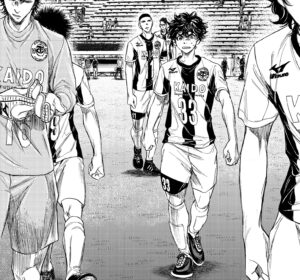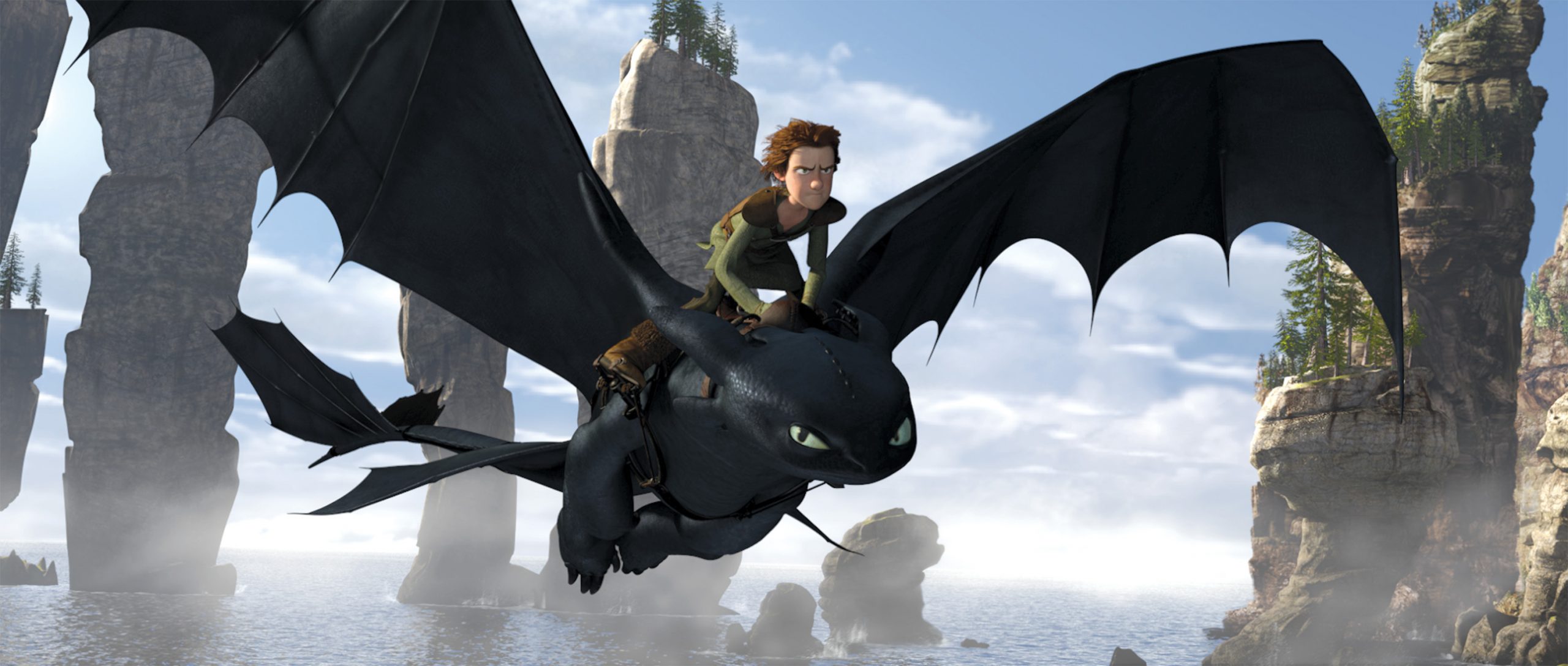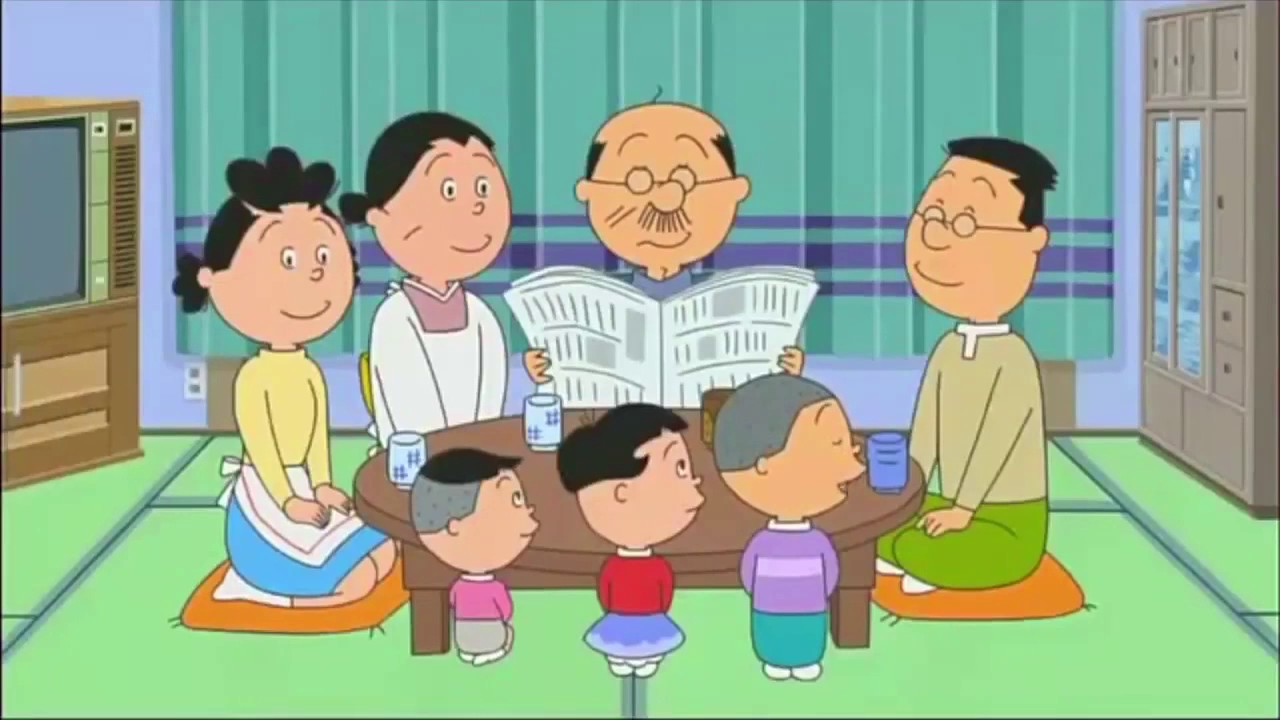With several comrades, Ashito moved to the A team, but we discovered in the last page of the previous volume that he was much stronger: he joined the substitutes' bench in the next game. This thirteenth volume of Ao Ashi will show us if Ashito can prove himself…
A teenager on the rise
 Since the beginning of the Ao Ashi series, Ashito has refined his sense of observation. He sees where to put the ball, but is not yet able to materialize. His technique remains limited and he lacks speed. Based on the observation or remarks of better players, he formulates a hypothesis, tests to test it and integrates it into his arsenal of play if the experiment is conclusive. The match becomes not only a fight, but above all a lesson in strategy. Ashito keeps his place and seeks to understand a heterodox strategy. When Japan's great hope Kuribayashi came on in the75th minute, Ashito was initially paralyzed by his raw talent, but he quickly used his sense of observation to get in the right place at the right time.
Since the beginning of the Ao Ashi series, Ashito has refined his sense of observation. He sees where to put the ball, but is not yet able to materialize. His technique remains limited and he lacks speed. Based on the observation or remarks of better players, he formulates a hypothesis, tests to test it and integrates it into his arsenal of play if the experiment is conclusive. The match becomes not only a fight, but above all a lesson in strategy. Ashito keeps his place and seeks to understand a heterodox strategy. When Japan's great hope Kuribayashi came on in the75th minute, Ashito was initially paralyzed by his raw talent, but he quickly used his sense of observation to get in the right place at the right time.
Can we progress by being on the bench? The question was quickly decided because due to the injury of the left-back, Taira, Ashito returned in the second half. However, he is no longer the team's trump card, but the weakness that the opponent exploits thoroughly. This reinforces his difficulties and makes him return to his beginnings in Hope.
On the road to glory
Ashito has taken another step in its rise to professionalism. In Ao Ashi's previous volume, the dominant feeling was effervescence. Here it is a return to reality. The stadium where they play is much bigger, but also empty. The junior championship is not popular. Journalists come to see Kuribayashi, who has come down to rest
Joining a new team also means new players. To find his bearings, the author of Ao Ashi puts a small box under the new characters. Ashito, like the newcomers, is impressed by the level up. The bodies are also more muscular. The designer renders this physical difference very well. We go from the bodies of children who are certainly muscular, but still young, to much larger and massive teenagers. The matches are more physical and the opponents tougher. This is good because Ashito loves football with very physical contact.
The character is also different. The players live in an in-between (from amateurism to professionalism) which is also symbolic of adolescence. Players are more autonomous. In the locker room at half-time, they analyze among themselves the opposing tactics and adapt their game independently without calling on the coaches. On the contrary, the technically and physically weaker opposing team relies on the adult coach. Between the two groups, we do not talk to each other between teams, but we gauge each other and we put pressure on each other with harsh or even hateful looks. This tension affects newcomers who become afraid. The drawing shows an aura of flame to illustrate the rage to win.
Even if the team changes, we find codes of Ao Ashi. Ashito is unnecessarily hated by a pretentious teammate, Nagisa Akutsu. He also finds it difficult to integrate into a new job. The ancients are icy and leave no room for error. The drawing shows very well this coldness, this tension yet invisible in reality, but also the difference in speed and the complexity of the trajectories of the balloon.
This new volume by Ao Ashi proves that this is the champion series of the editor Mangetsu. It is a pure volume of action where the tension rises throughout the volume. The reader rejoices at Ashito's entry into the field, then fears that he will collapse in the face of pressure. This volume thirteen is the third star in the series.
Find in these chronicles other sports manga at Mangetsu with All Free on judo and Deep3 on basketball.








































